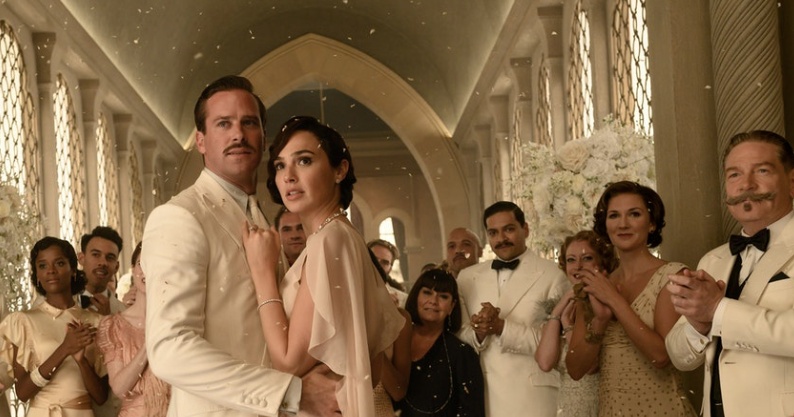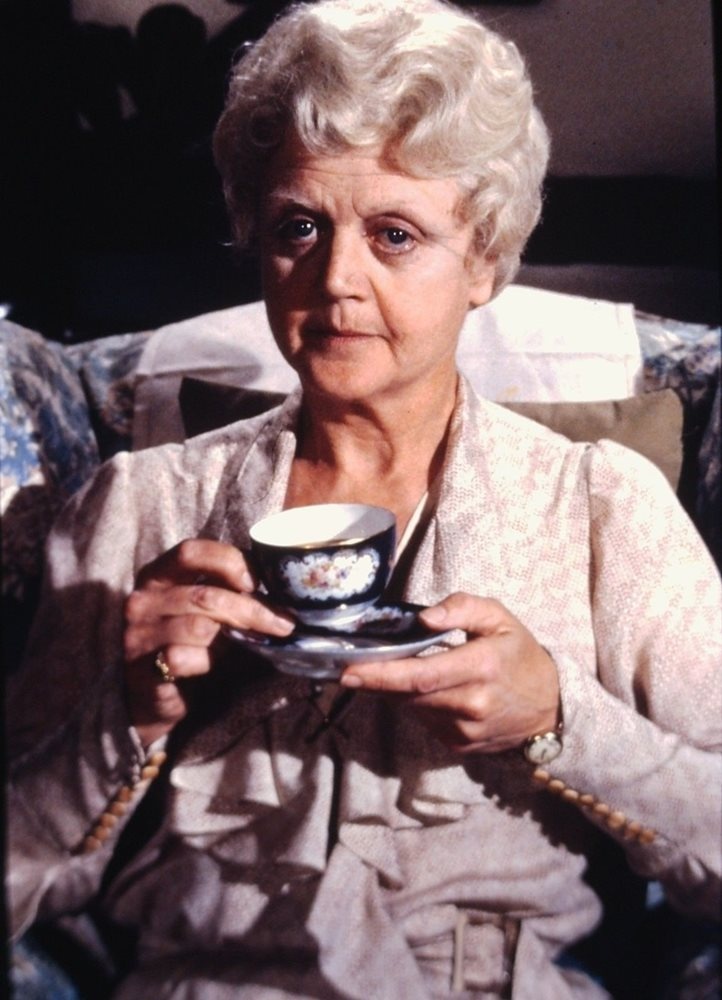She’s been called “The Queen of Crime,” and with good reason. Sixty-six detective novels, fourteen short story collections, and the world’s longest-running play are some of the contributions she has made to not just the murder-mystery genre but to the world of fiction as well. Her work has been translated into over 7000 languages making her the world’s most translated author (Jules Verne and Shakespeare are a distant second and third). She created two of the most well-loved characters to ever appear on the printed page. In 1971, she was appointed a Dame Commander of the Order of the British Empire (DBE) for her contributions to literature. And with over two billion copies of her books sold worldwide, she is the best-selling fiction writer of all time, as stated in The Guinness Book of World Records.
Yet when one thinks of what the life of the most successful crime writer in history must have been like, Dame Agatha Christie (1890-1976) is not who typically comes to mind. Intensely private, extremely shy, and a bit of a mystery herself, Christie is more “tweedy” English grandmother than high-profile jetsetter. She loved the English countryside (the setting of many Christie murder mysteries) and her interests included gardening, embroidery, and the theater. Born to a wealthy family, Christie’s stories reflected the privileged world she lived in—a world of manors, country estates, afternoon tea, village fetes, and first-class travel to exotic locales. It was this quaint Englishness that was an essential part of her charm.

examining a hat shop…suddenly a splendid idea comes into my head.” From Agatha Christie, An Autobiography | Image from Britannica website
Christie’s success story began one hundred years ago when her first novel, The Mysterious Affair At Styles, was published by John Lane in the United States in 1920. Set in an Essex country manor and featuring characters drawn from the world she knew, it was written when Agatha’s sister Madge challenged her to write a detective story. The book’s distinction lies in not just being Christie’s first published work, but also in introducing the world to her most famous creation—Hercule Poirot, the retired Belgian detective who uses his “little grey cells” to solve some of the most confounding and complex mysteries. The book was well-received by critics and became a modest bestseller, but it wasn’t until the 1926 publication of The Murder of Roger Ackroyd, Christie’s most controversial novel and some would say her masterpiece, that she gained worldwide fame. So daring, innovative, and ingenious is the story of this locked-room mystery that in 2013, The British Crime Writers’ Association voted it “The Best Crime Novel Ever.”

after being rejected by several publishing houses. It marks its Centennial this year. | Image from Amazon website
Thereafter, Christie released many more novels and short story collections, several of which are considered classics of the genre. A Murder Is Announced, Witness for The Prosecution, and The A.B.C. Murders are just some of her most notable and well-loved works. Her 1939 book, And Then There Were None, is the world’s bestselling mystery with over 100 million copies sold; it was also adapted into several international films, a stage and radio play, and most recently, a 2015 television mini-series. Her play, The Mousetrap, a “whodunit” about seven strangers stranded at a manor during a blizzard, started out as a radio drama written for the BBC at the request of Queen Mary. It opened as a stage production at The West End of London in 1952 and ran continuously until March 16, 2020, when performances had to be discontinued due to the COVID-19 pandemic.

plays, an autobiography, and six non-mystery novels under the pseudonym Mary Westmacott. | Image from AgathaChristie.com
Many of Christie’s works have been adapted for television and the big screen, one of the most popular being 1974’s Murder On The Orient Express from director Sidney Lumet. This lavish, beautifully-shot film featured an all-star international cast (Sean Connery, Vanessa Redgrave, Anthony Perkins, Lauren Bacall, among others) and won for Ingrid Bergman an Oscar for Best Supporting Actress. In 2017, a remake of this classic mystery was helmed by Kenneth Branagh (who also starred as detective Hercule Poirot); it utilized the same cinematic formula of intricate plotting, big-name stars, and classic Hollywood glamour. Branagh is also behind the forthcoming adaptation of Christie’s 1937 novel Death On The Nile with Gal Gadot and Armie Hammer headlining a cast of well-known stars.

release this year, but has had to be rescheduled due to the COVID-19 pandemic. | Image from YouTube
Christie invented many of the standard tropes of the detective novel—the multiple suspects, the motivations, the gathering of suspects before the murderer is revealed, and the twist at the end. It was a formula that worked every time even though she always found a way to subvert or reimagine it. She is the most successful proponent of the “locked room” or “impossible crime” mystery, which is defined as, “a subgenre of detective fiction in which a crime (almost always murder) is committed in circumstances under which it was seemingly impossible for the perpetrator to commit it.” Her style of meticulous plotting and surprising developments inspired the 2019 movie Knives Out, its flamboyant protagonist Benoit Blanc (played by Daniel Craig) calling to mind Hercule Poirot. In fact, director Rian Johnson openly admitted that his screenplay was indeed informed by the Queen of Crime. On television, we see Christie’s influence in the long-running series Murder, She Wrote (1984-1996) starring Angela Lansbury as mystery writer/amateur sleuth Jessica Fletcher. The character is reminiscent of Christie’s other famous creation, Jane Marple, a gossipy spinster who rarely leaves her small village of St. Mary Mead, yet manages to solve puzzling crimes using “a certain knowledge of human nature” (quote from A Murder Is Announced, 1950). Jessica Fletcher seems to be an amalgamation of Miss Marple (a genteel, wise old woman) and Agatha Christie herself (a bestselling crime novelist). These are just two of the countless other books, movies, TV shows, even computer games that pay homage to the Grand Dame.

actresses over the years in movies and on television. In 1980, Angela Lansbury played the
amateur sleuth in the 1980 film adaptation of The Mirror Crack’d. | Image from Collectors.com
Even after a century, the world continues to be intrigued, confounded, surprised, and delighted by Christie’s timeless stories. Her richly-drawn characters, meticulous plotting, unpredictable plot twists, and sometimes shocking denouements have had a lasting influence on popular culture. Her works continue to be published in new editions or adapted into films and TV shows for each succeeding generation to rediscover. To what can her unparalleled success be attributed? “Imagination,” she wrote in The Mysterious Affair at Styles, “is a good servant and a bad master. The simplest explanation is always the most likely.”





